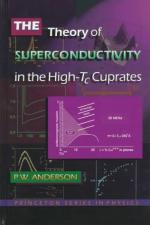|
This section contains 1,760 words (approx. 6 pages at 300 words per page) |

|
Overview
The Dutch experimental physicist and Nobel Prize laureate Heike Kamerlingh Onnes (1853-1926) worked for more than four decades in low temperature physics, a discipline he helped to establish over the years as a complete and independent field of study. When in 1908 Kamerlingh Onnes succeeded in liquefying helium, he became the very first experimentalist to reach a temperature as low as 4.2 Kelvin (or -451.84°F). His discovery of superconductivity three years later opened whole new vistas of theoretical and experimental researches that are still today of the utmost importance to the progress of science and technology.
Background
Low temperature physics really began in the second half of the nineteenth century with the discovery in 1852 of the Joule-Thomson effect...
|
This section contains 1,760 words (approx. 6 pages at 300 words per page) |

|


